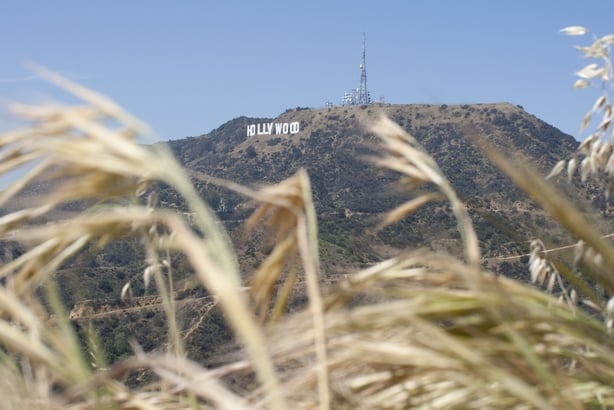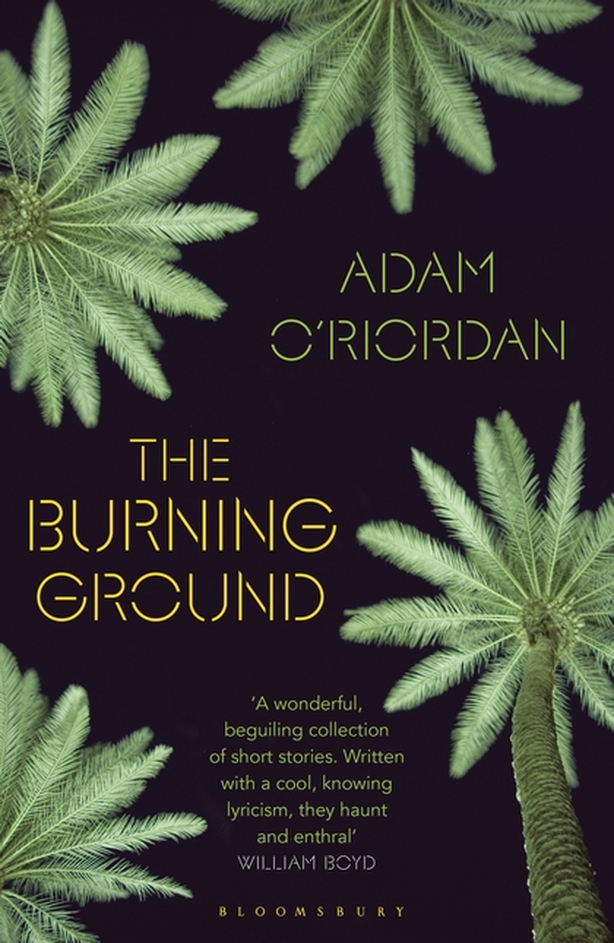English writer Adam O'Riordan wanders through greater Los Angeles, the Californian hinterland and the wider blue yonder in these engaging eight short stories, which are short cuts of hope and inspiration.
The opening story, A Thunderstorm in Santa Monica is a master class in sharp observation, charting a relatively new love affair between the young Englishman Harvey and the ambitious, curiously mercurial film producer Teresa. Their relationship is played out under the torrid California sun and it’s expensive as Harvey has to pay for his regular flights from London and back. O’Riordan is adept at making his narrative tug or gnaw at the possibilities of personal drama, while keeping the action on a leash. The effect is under-stated yet alluring, except, that is, for the pivotal dramatic plane incident in the middle of the 21-page tale.
As is frequently the case in the other stories here, O'Riordan lets the West Coast atmosphere carry the tale by itself for stretches, carefully painting in extraneous detail (and sometimes, it has to be said, painting in too much of it.)

When he wants to, O’Riordan can pull out the stops and write a thriller scenario - you can see definite screen-writing possibilities in the story, Rambla Pacifico. The vulnerable drug addict daughter of a shifty businessman is spirited away by druggies in a clumsy kidnapping. An elderly hit man, a war vet, is hired to do the needful and rescue her following a painstaking search - the results are not pretty. O‘Riordan can do mean, but he can also execute careful studies of characters in readings taken at various points of their lives, refracted through children, divorce and bereavement.

A certain effete Englishness is expertly handled in the title story itself, The Burning Ground which details the affair between an elderly, somewhat spent English painter and the married, similarly English female art writer with whom he has an affair. The action switches to the US West Coast and we follow on, fascinated, if a little let down by the way things fizzle out.
In The El Segundo Blue Butterfly - perhaps the best story in the book - the narrator Lewkoski interviews a financier named Bernstein three times in his life. On the first occasion, he is an earnest, timorous 14-year-old school student and Bernstein is CEO of Bernstein Inc who wants to put on record his concern for the environment to counter certain media smears.
On the second occasion, Lewkoski is by now a young journalist who interviews a nervously track-suited Bernstein who is facing corruption charges. On the third occasion, after another interval of years, the indefatigable entrepreneur is rebranding and bouncing back. Lewkoski effectively tells the story of his own life as it interweaves in its oddly fated way with Bernstein. When the hubristic wheeler-dealer finally caves in, he is operating out of a rental in lobby of one of the old banks downtown, selling a dodgy product. Finally, the journalist is feeding him pizza at his newspaper offices when his boss is out at lunch. It’s a fine study in career decline, Lewkoski uncannily shadowing Bernstein who has been a kind of surrogate father to the only child whose dad left early.
One can only welcome O’Riordan’s debut collection and look forward to further stories from the author, who is currently director of the writing school at Manchester Metropolitan University.
Paddy Kehoe

